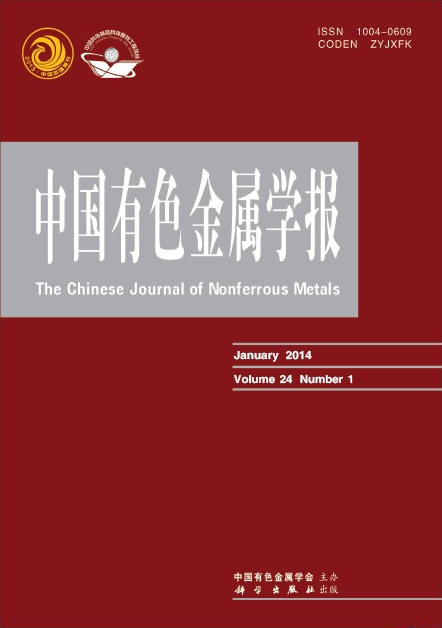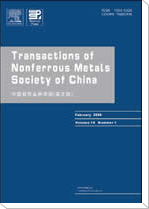(中南大学 冶金与环境学院,长沙 410083)
摘 要: 通过分析铝电解槽不同部位以不同方式向外界环境散热的原理,基于玻尔兹曼定律及流体外掠平板的传热理论建立了槽体与环境界面换热系数的计算模型,实现对槽体与环境换热系数的计算。在此基础上,以侧部槽壳为例分析了槽体表面温度、空气流速以及槽型对换热系数的影响。结果表明:铝电解槽周围环境的空气对流形式为自然对流及强制对流的混合流,对流换热系数随着空气流速的增加而增大,而辐射换热系数不受流速影响;辐射换热系数随着槽体表面温度的升高而增大,同时对流换热系数随着槽体表面温度的升高小幅上升;槽型越大的铝电解槽与环境的对流换热系数越小。
关键字: 铝电解;热场;换热系数
(School of Metallurgy and Environment, Central South University, Changsha 410083, China)
Abstract:Based on Boltzmann Law and heat transfer theory of fluid flowing through the flat, a model to calculate the heat transfer coefficient between cell surface and surroundings for thermal field simulation was built by analyzing the heat dissipation characters of different parts and different ways. A program was developed to achieve the goal of calculation that follows the mathematical foundation of the model. The effects of shell temperature, air flow speed and cell size on the heat transfer coefficient in side wall were studied. The results indicate that the convection form of air around the cell is the mix of free convection and force convection under general conditions; the heat transfer coefficient of convection increases with increasing the air flow speed. However, the heat transfer coefficient of radiation remains unchanged; the shell temperature shows a great influence on the heat transfer coefficient of radiation, and the heat transfer coefficient of convection increase in a slight degree too; the larger capacity of cells is, the smaller the convective heat transfer coefficient is.
Key words: aluminum electrolysis; thermal field; heat transfer coefficient


